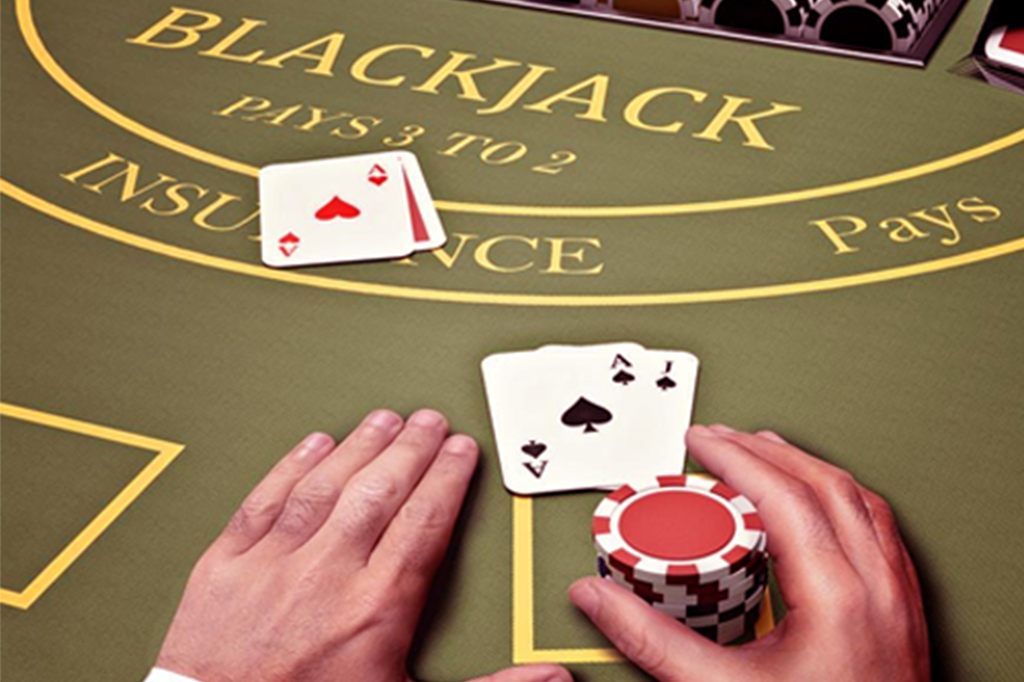
If you have ever played ‘Pontoon‘ or ‘21‘, then the basic principles of Blackjack will not be new to you. You are given 2 cards face up and you get to see one of the dealer's cards and from this, you make a decision whether to take a card or not - it's that simple.
Blackjack is played between you and the dealer. The object is to draw cards with a value totalling 21, or as near as possible to 21 without going over the top, ‘going bust’ and losing.
Aces count as eleven, picture cards ten and other cards, their numbered value. However, where a hand contains an ace and the addition of further cards would bust the hand, the ace is counted as one.
You will get chips when you hand over your fun money note. You then make your bet by placing your chip in the nearest box to where you are standing. Some players like to play two or more boxes simultaneously.
A card is dealt face up to each player in turn and one to the dealer. A second card is then dealt, again face up, but only to the players. It is at this stage that your skill is drawn into play.